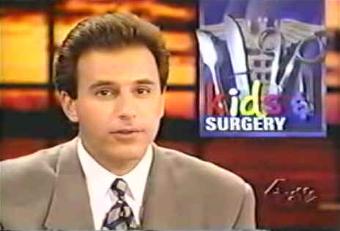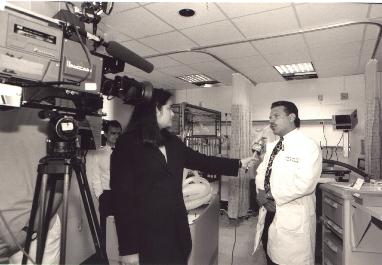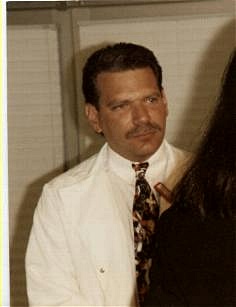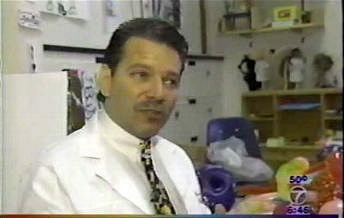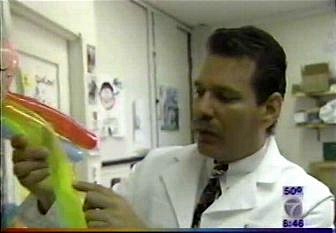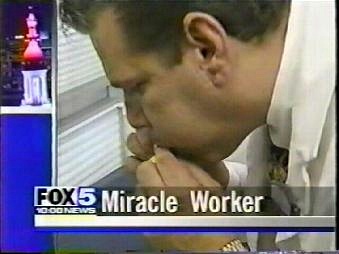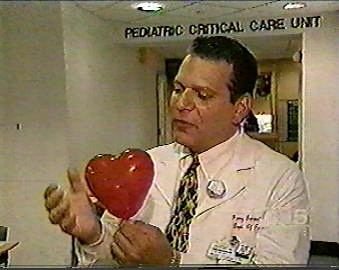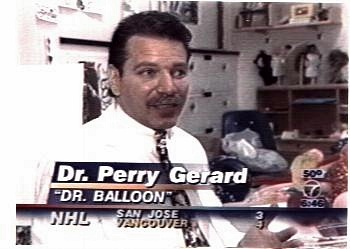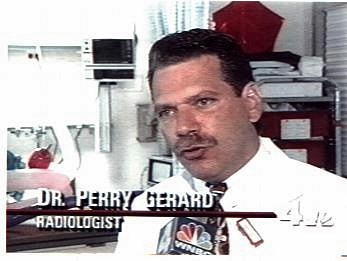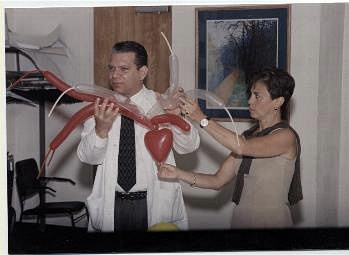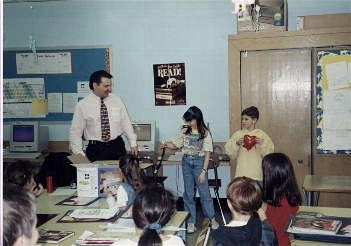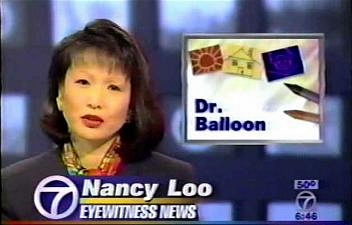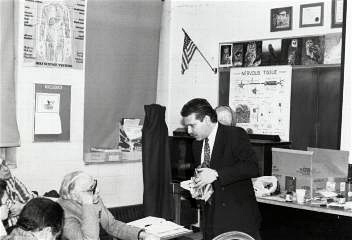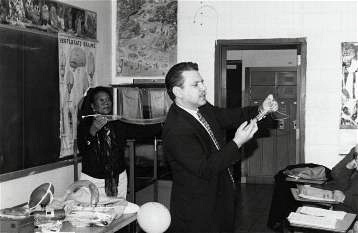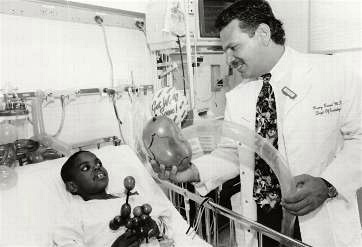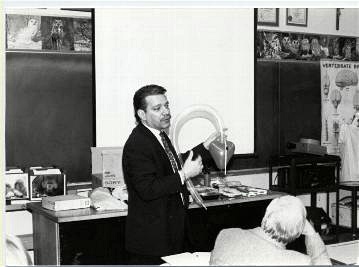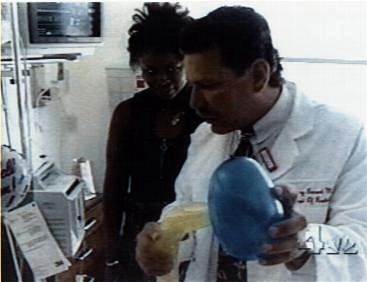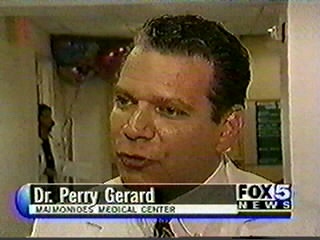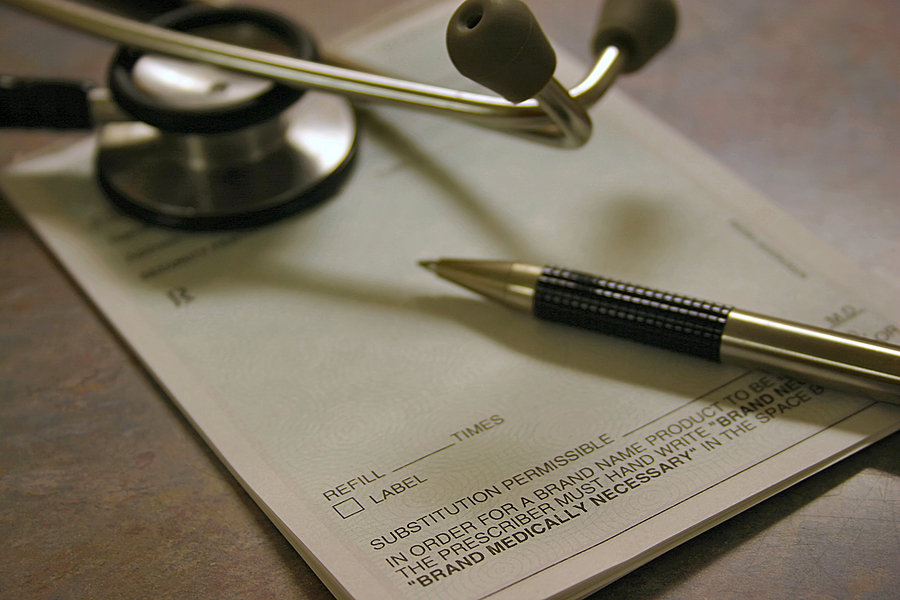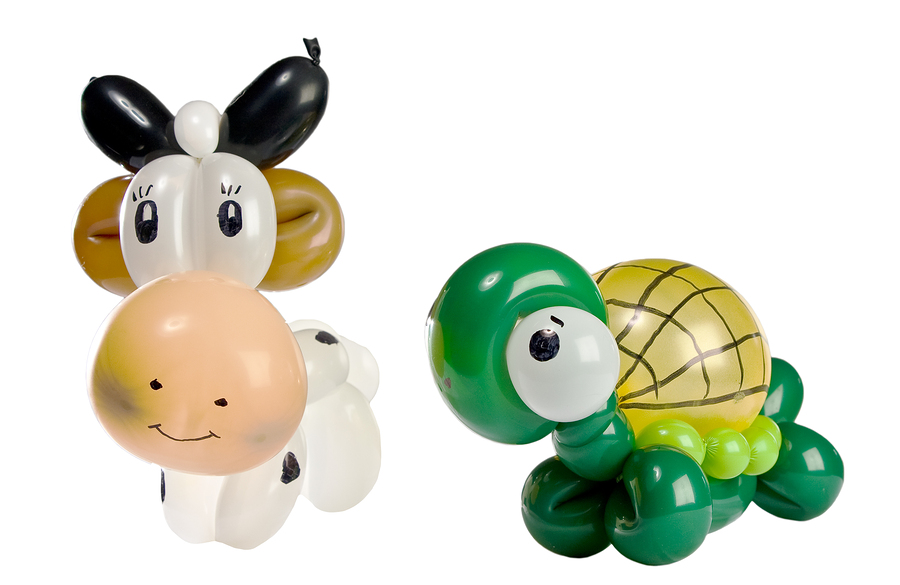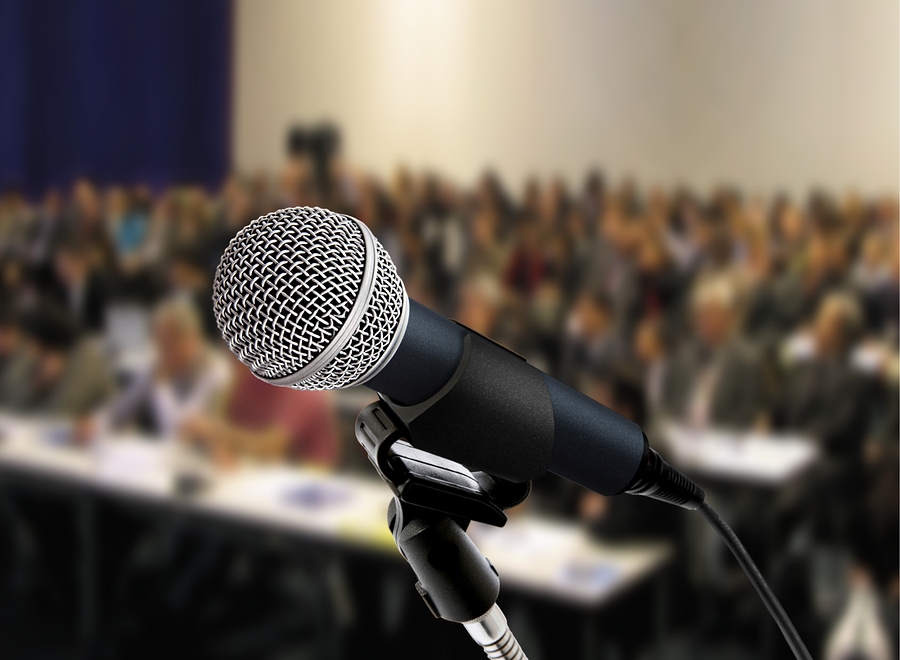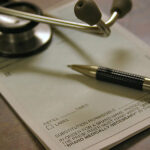Dr. Gerard has used balloons as a visual aid for explaining procedures to patients, students, residents, nurses, technicians, therapists and fellow physicians for many years. Patients complain that they do not understand what their doctors are telling them, and therefore do not understand their procedures and treatments. The goal of teaching with balloons is to enhance an individuals understanding of medicine and surgery, for both old and young individuals. The goal is to turn a frown into a smile, to make the patient more relaxed and comfortable during times of stress. The balloons are simple to carry in a white lab coat and cheaper than the more expensive models in the doctors office, which are often complex and intimidating. And everybody relates to a balloons.
Dr. Gerard started out learning how to twist balloons into different shapes and designs mainly for entertainment purposes. When he entered medical school, he learned how to create the entire human body out of balloons, all the anatomic structures in detail. He used red balloons for arteries and blue balloons for veins, and modeled other balloons into the shapes of the organs in the human body. After creating the anatomy, he then learned to create all the different diseases and pathologic conditions in the human body, which includes his famous “balloon in a balloon” for demonstrating blood clots. He uses this model to teach radiology residents the concept of ultrasound evaluation of blood clots in the legs. Following the creation of the diseases, he then learned to create the surgical procedures of the different diseases, all with balloons. And finally, he shows how all the new diagnostic modalities are used, including current up to date treatments and disease prevention, all with balloons. He states ” there is no disease or treatment I cannot show a patient using balloons”. And finally, he teaches others individuals how to model the balloons to show their patients. This is how he received the name ” Doctor Balloon “.
Dr. Gerard’s mission is to help children, adults, family members and the general public with understanding illness, treatment, and the overall health experience. Equipped with knowledge of medical conditions, patients are able to participate in the management of their diseases, reducing unnecessary physician and emergency room visits.
It is known that patients who understand their medical conditions will have a more rapid recovery. And the balloons can be used to demonstrate any medical or surgical specialty. The imagination is the only limitation.
Patients with poor health literacy skills also struggle to understand basic medical instructions and forms. In addition, poor compliance with understanding medical care regimens can be dangerous. It is up to the health care system to be sure that patients understand the information that they receive well enough to apply it. Few doctors enjoy the often tedious and repetitious nature of patient education, but most offices like the effect of patient education: better patient follow-through, more kept appointments, more referrals and even better clinical results.
The balloons may also be of help in explaining a procedure for informed consent, to ensure that patients understand what they are hearing. The explanation with balloons also allow patients to become better listeners and to ask questions of their physicians with a better understanding and with more detailed information. Effective communication and patient education enhances patient satisfaction and health outcomes. On the other hand, poor communication often leads to patient dissatisfaction. The combination of a bad outcome and patient unhappiness is a recipe for litigation. When the quality of information a patient receives improves, awareness of treatment goals increase with higher levels of patient satisfaction and may reduce malpractice claims. In addition, providing patients with better knowledge of their conditions with proper education allows them to make more informed choices.
The Food and Drug Administration, Joint Commission on Accreditation of Healthcare Organizations and the National Committee for Quality Assurance all require that health care institutions be able to document evidence of a patients understanding of the medical information provided to them. (1).Brandes W, Furnas S, and McClellan F. Literacy, Health, and the Law: An Exploration of the Law and the Plight of Marginal Readers within the Health Care System: Advocating for Patients and Providers. Health Promotion Council of Southeastern Pennsylvania, Inc., 1996. (2). Farley D. Label Literacy for OTC Drugs. U.S. Food and Drug Administration, 1997. (3). “Patient and Family Education.” Accreditation Manual for Hospitals. Joint Commission on Accreditation of Healthcare Organizations, 1996.
Dr. Gerard is also currently working on a book titled ” Balloons in Medicine and Surgery”. He has appeared on many television and radio stations, newspaper articles, elementery and high schools and nursing homes, churches and synagogues, and at the bedside of many patients and families. You can easily recognize the patients he has visited as they have a smile on their face and the nod of understanding. Dr. Gerard’s goal is to eventually have a cable television show to demonstrate his presentations to the general public on all aspects of medicine and surgery.
Dr. Gerard is available for classes for adults and children on a wide variety of medical and surgical conditions, for family members and the general public and all are welcome. If you are interested in learning more about Dr. Gerard’s balloon demonstrations, or a seminar at your institution to teach you how to use balloons as a teaching tool, please contact him at his web address: docnucs@yahoo.com
[widgetkit id=62]
